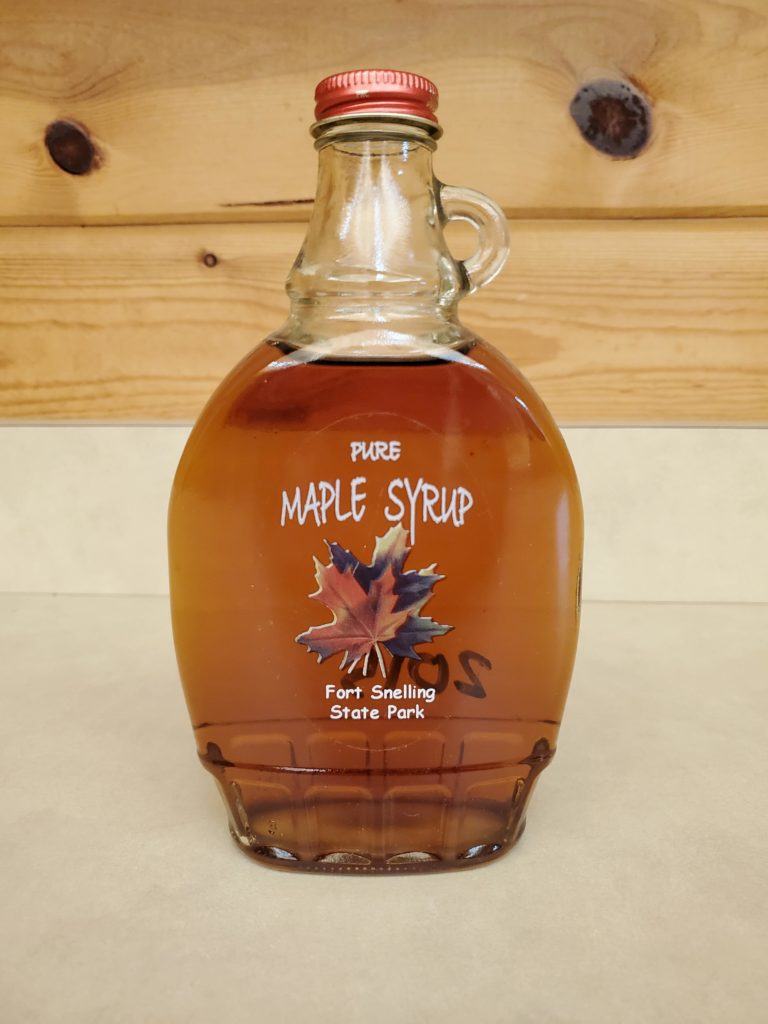From Sap to Syrup: How we Make Maple Syrup
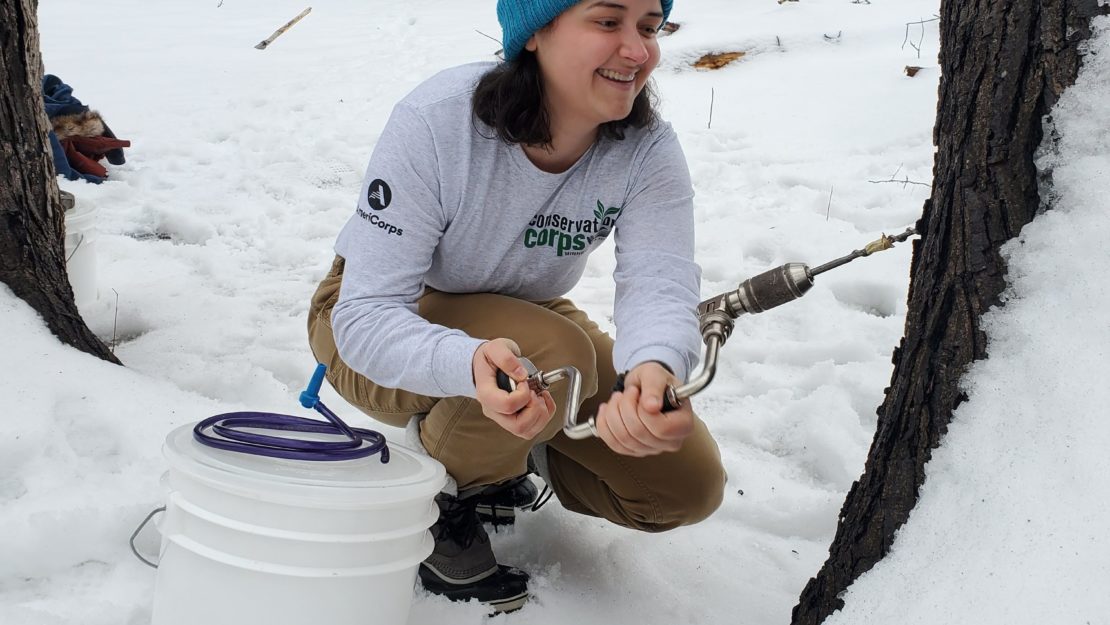
By Clara Brown, Fort Snelling Visitor Services Specialist Individual Placement / AmeriCorps Member placed at Fort Snelling State Park, Minnesota Department of Natural Resources
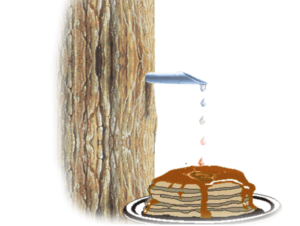
As the days get warmer (hopefully) and signs of spring begin to appear, all heads at Fort Snelling State Park turn to the maple trees. Every year Fort Snelling hosts a series of maple syrup programs and this year, as a visitor services specialist, I have had the opportunity to join in on the fun.
When it comes to making maple syrup, timing is everything. March is the most common month for making syrup because many days are above freezing while the nights are still below freezing. This temperature change allows sap to begin moving inside the tree. This is what we need in order to collect sap. Once the nights are also above freezing the tree flowers will bloom and the sap is no longer good for making syrup.
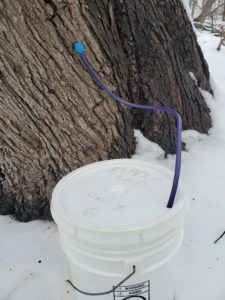
You can make syrup from several types of trees but the trees with the highest sugar content in their sap are maple trees. At Fort Snelling we make our syrup from Silver Maple.
After you find your maples you have you need to determine how many taps you can put in each tree. Trees with a diameter under 10” are too small to tap. Trees between 10” and 14” can have one tap. Trees bigger than 14” can have two taps. To tap the tree you need a drill with a 7/16” or 3/8” drill bit. Pick a spot two to four feet above the ground and drill a three inch hole into the trunk at a slight upward angle. After drilling the hole place your spile into the hole and lightly hammer it in. A spile is a small tube that allows the sap to run out of the tree, usually made of wood, metal, or plastic. Once the spile is in you need to attach it to a container to collect the sap. At Fort Snelling we have plastic spiles connected to tubing that allows the sap to drain down into buckets.
After our trees are tapped we go out and collect sap from the buckets every other day. If you leave sap unprocessed for too long it can spoil so we try to process it quickly. To make syrup you need to boil the sap, allowing most of the water to evaporate, and concentrate the sugars. For every 60 gallons of silver maple sap we will get one gallon of syrup!
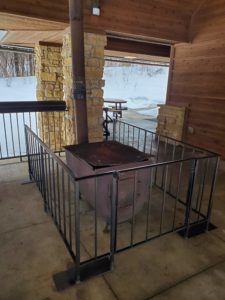 To process our sap we boil it on a wood burning stove outside the visitor center. We start by warming the sap in a warming pan and then transferring it into a boiling pan. We continue to add more and more warmed sap as the water continues to boil off. We keep a candy thermometer in the pan to keep track of the temperature of the sap. As the sugar concentrates the temperature of the liquid will rise. Once the temperature reaches 219 degrees the sap has become syrup!
To process our sap we boil it on a wood burning stove outside the visitor center. We start by warming the sap in a warming pan and then transferring it into a boiling pan. We continue to add more and more warmed sap as the water continues to boil off. We keep a candy thermometer in the pan to keep track of the temperature of the sap. As the sugar concentrates the temperature of the liquid will rise. Once the temperature reaches 219 degrees the sap has become syrup!
Making maple syrup is a great way to get outdoors and explore early spring. As the sap begins to flow this year I am looking forward to seeing how much syrup we can make!
